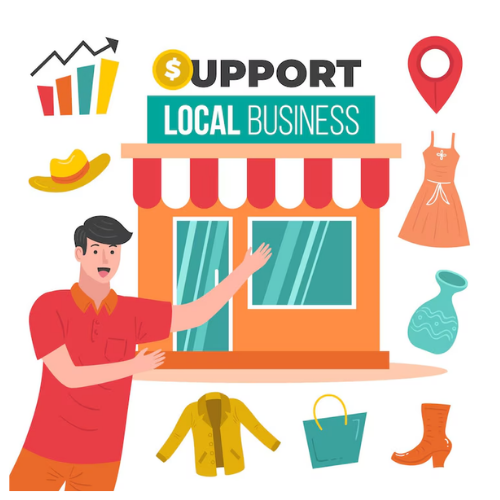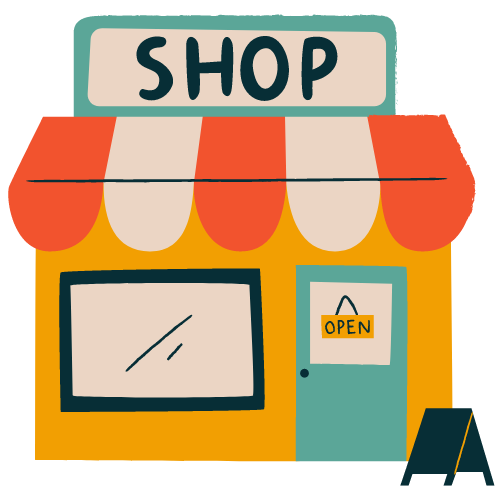How to Manage Your GST Account Online
Learn how to easily manage your GST account online with our step-by-step guide. From setting up an account to filing returns, stay on top of your taxes effortlessly.
How to Manage Your GST Account Online
If you are a business owner registered under the Goods and Services Tax (GST) regime, it is essential to have a good understanding of how to manage your GST account online. With the advent of technology, the Government of India has provided various online portals and tools to make it easier for taxpayers to comply with their GST obligations. Here are some key steps to effectively manage your GST account online:
Step 1: Login to the GST Portal
The first step in managing your GST account online is to login to the GST portal using your username and password. Once you have successfully logged in, you will have access to various features and functionalities related to your GST account.
Step 2: Update Your Profile
It is important to regularly update your profile on the GST portal to ensure that all your information is accurate and up to date. This includes details such as address, email, and contact information. Keeping your profile updated will help prevent any communication errors and ensure that you receive important notifications from the tax authorities.
Step 3: File Your Returns
One of the primary obligations of a GST registered taxpayer is to file their returns on time. The GST portal provides an easy and user-friendly interface to file various GST returns such as GSTR-1, GSTR-3B, and GSTR-9. It is crucial to file your returns accurately and within the specified due dates to avoid penalties and interest charges.
Step 4: Payment of Taxes
After filing your returns, the next step is to make the payment of taxes due. The GST portal allows you to generate a challan for the payment of taxes, which can be paid online using various payment modes such as net banking, credit card, and debit card. It is important to make the tax payments on time to avoid any late fees or penalties.
Step 5: Claim Input Tax Credit
As a GST registered taxpayer, you are entitled to claim input tax credit on taxes paid on your purchases. The GST portal allows you to reconcile your input tax credit with the purchases reported by your suppliers in their returns. You can claim the input tax credit in your returns and offset it against your output tax liability.
Step 6: Respond to Notices and Communications
It is important to regularly check your GST account for any notices or communications from the tax authorities. The GST portal enables you to view and respond to any notices received regarding discrepancies in your returns or tax payments. It is crucial to address any issues raised by the authorities promptly to avoid any legal repercussions.
Step 7: Keep Track of Important Dates
Lastly, it is essential to keep track of important dates such as return filing due dates, tax payment deadlines, and any other compliance requirements. The GST portal provides a calendar of events to help you stay informed about upcoming deadlines and ensure timely compliance with your GST obligations.
By following these key steps, you can effectively manage your GST account online and stay compliant with the GST regulations. Leveraging technology and utilizing the features of the GST portal will help streamline your GST compliance process and avoid any unnecessary penalties or legal issues.
Latest Updates
ca4filings.com Services




























-registration.png)



